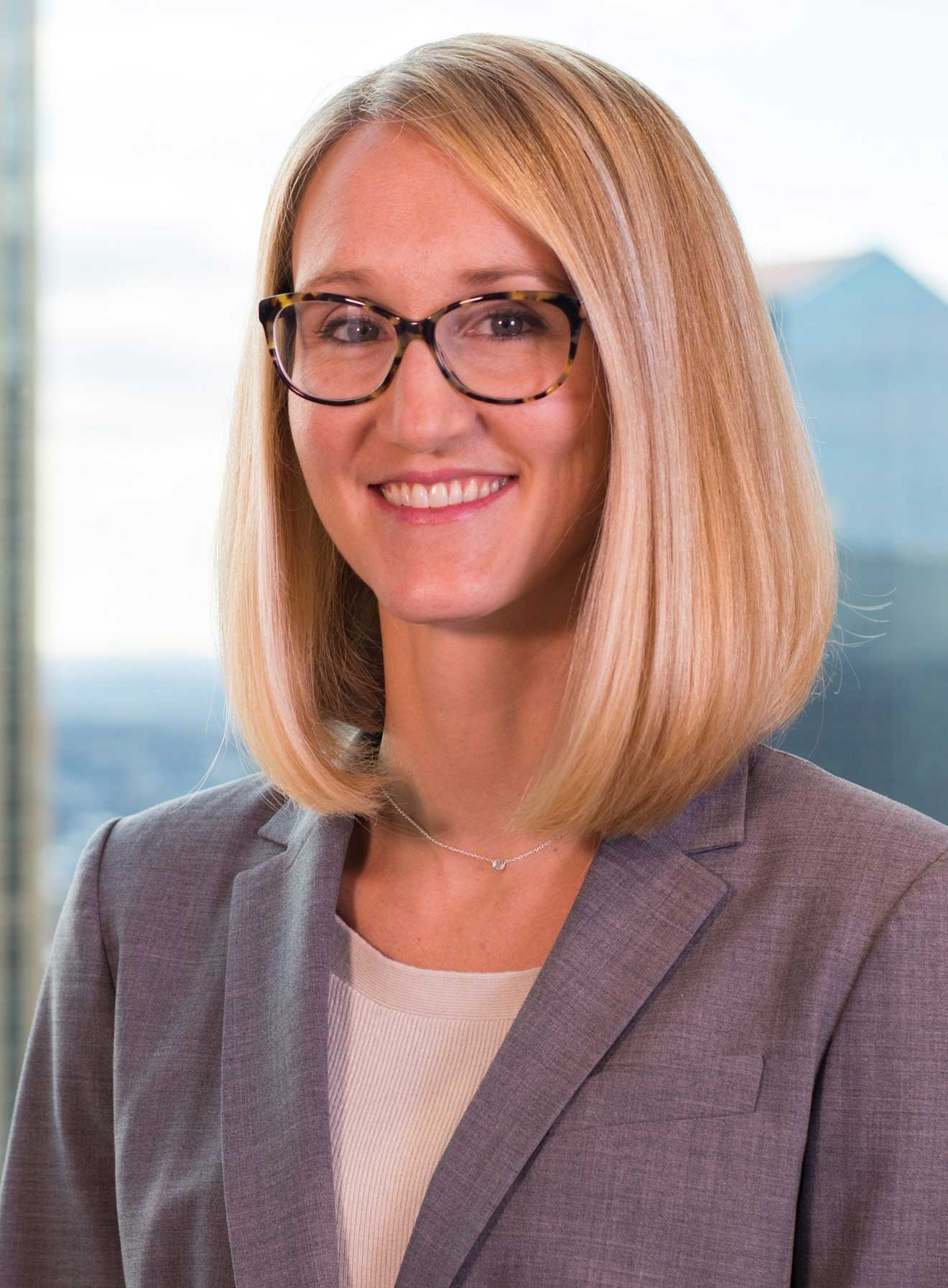A detailed repurchase obligation forecast can be daunting. The analysis requires a detailed understanding of the ESOP plan provisions and the underlying participant population. The results are quite sensitive to assumptions such as share price growth, employee turnover rates and patterns, and the timing of individual retirements. It’s easy for ESOP company leadership to get stuck in the trees and lose sight of the forest.
Here is a quick back-of-the-napkin approach to estimating a company’s repurchase obligation for the next 10 years:
Repurchase Obligation =
% Allocated Shares x Share Churn x Equity Value
1. % Allocated Shares: Calculate the average allocated shares in the ESOP as a percentage of the total outstanding shares over the next 10 years.
- If the ESOP owns 100% of the company’s outstanding shares and there are no internal loans, use 100%.
- If there are internal loans between the company and the ESOP, this figure equals the shares allocated to active or terminated participants divided by the total outstanding shares. (Total outstanding shares includes any unallocated ESOP shares that are “in loan suspense” associated with an internal loan.) For example, if a 100% ESOP-owned company has allocated 50% of the shares as of today and plans to allocate the remaining 50% over the next 10 years, use 75%.
- The calculation is more complicated (and circular) if the number of shares outstanding is expected to change over time, e.g., due to share redemptions.
2. Share Churn: Determine an appropriate “share churn” percentage for the allocated shares based on guidelines from Chartwell’s proprietary database.[1]
- For mature 100% ESOPs, the median share churn is 9.3%, with a typical range of 7.2% to 11.8%.
- For newer 100% ESOPs, the median share churn is 5.6%, with a typical range of 3.7% to 9.1%.
- Each ESOP’s share churn depends on its demographics, diversification and distribution policies, and associated election rates. Share churn is higher if shares are repurchased or segregated immediately following a participant’s termination. Higher turnover and retirement rates also increase share churn.
3. Equity Value: Estimate the average equity value over the next 10 years.
- This step is likely the most difficult. If the balance sheet also improves growth in equity value will likely exceed earnings growth.
- One approach is to develop an estimated range of equity values, to arrive at an estimated range for repurchase obligation.
While this 5-minute technique is a helpful start and a good way to impress your ESOP buddies at happy hour, it of course has limitations and should not be relied upon for decision making. A comprehensive sustainability study is needed to truly understand future repurchase obligation and its implications for a specific company. As part of a sustainability study, a comprehensive financial model is developed; the model is integrated with a detailed actuarial component used to project repurchase obligation as well as a dynamic forecast of ESOP share price. A sustainability study shows the impact of repurchase obligation on company cash flow, ESOP share price, benefit levels, individual participant account balances, and economics for other stakeholders such as SAR-holders or non-ESOP shareholders.
[1] Database includes 165 unique Chartwell Consulting clients, 92 of which are mature (>10 years), 100% ESOP-owned companies.

